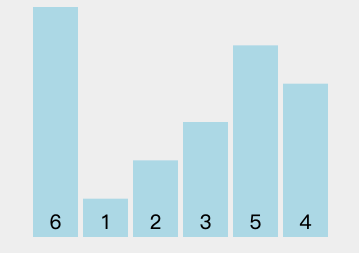选择排序是一种简单直观的排序算法。它的基本思想是每次从未排序的元素中选出最小(或最大)的元素,然后将其放到已排序的序列的末尾。具体步骤如下:
- 首先,找到未排序序列中的最小(或最大)元素,记录其位置。
- 将最小(或最大)元素与未排序序列的第一个元素交换位置,将最小(或最大)元素放到已排序序列的末尾。
- 重复以上步骤,直到所有元素都排序完成。
选择排序的时间复杂度是O(n^2),其中n是待排序序列的长度。虽然选择排序的时间复杂度较高,但是它的实现比较简单,且不需要额外的空间,所以在一些简单的应用场景中仍然是一种常用的排序算法。

以下是Java代码实现选择排序的示例:
public class SelectionSort {
public static void selectionSort(int[] arr) {
int n = arr.length;
for (int i = 0; i < n - 1; i++) {
int minIndex = i;
// Find the index of the minimum element in the unsorted part of the array
for (int j = i + 1; j < n; j++) {
if (arr[j] < arr[minIndex]) {
minIndex = j;
}
}
// Swap the minimum element with the first element of the unsorted part
int temp = arr[minIndex];
arr[minIndex] = arr[i];
arr[i] = temp;
}
}
public static void main(String[] args) {
int[] arr = {64, 25, 12, 22, 11};
selectionSort(arr);
System.out.println("Sorted array: ");
for (int i = 0; i < arr.length; i++) {
System.out.print(arr[i] + " ");
}
}
}
在main方法中,我们创建了一个整数数组来进行排序。然后调用selectionSort方法对数组进行排序。最后,我们打印排序后的数组。